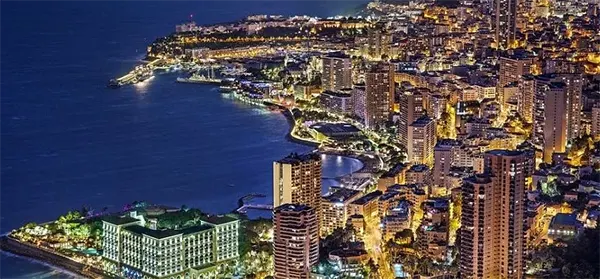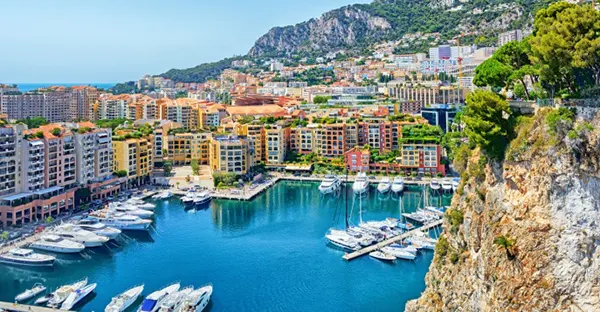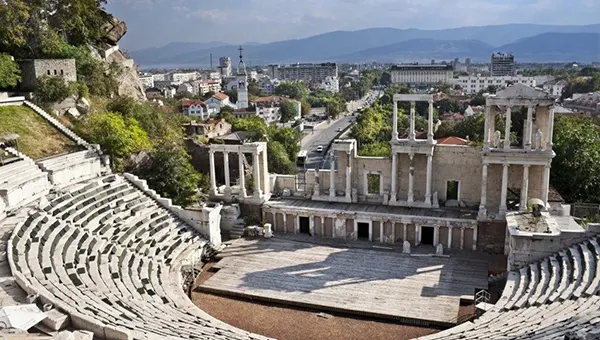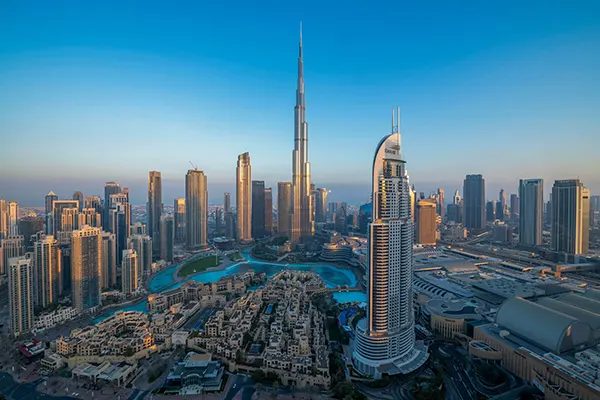
Monaco — Where Luxury Meets the Mediterranean and the Legendary Monte Carlo Casino
Monaco, a tiny sovereign state on the French Riviera, is synonymous with wealth, glamour, and a unique cultural blend. Despite its small size, it boasts world-class attractions, exquisite architecture, and an iconic reputation as a playground for the elite. From its stunning Mediterranean coastline to its famed Monte Carlo Casino, Monaco combines sophistication with history, making it one of the most captivating destinations in Europe.
The Allure of the Mediterranean Setting
Monaco enjoys a privileged location on the Mediterranean Sea, surrounded by the French Alps and just a few kilometres from Italy. Its mild climate and dramatic coastal cliffs create breathtaking vistas year-round. The Mediterranean breeze and sun-drenched skies make the principality a haven for yachting enthusiasts, who often anchor their vessels in the luxurious Port Hercules.
The principality’s compact geography allows visitors to explore on foot while savouring panoramic views of the coastline. Exotic gardens, such as the Jardin Exotique de Monaco, offer a chance to experience lush vegetation perched high above the sea. These gardens also provide an insight into the principality’s commitment to preserving biodiversity despite its urban density.
Monaco’s coastal charm is amplified by its famous beaches, including Larvotto Beach. Known for its crystal-clear waters and fine pebbles, this beach is popular among residents and tourists alike, offering a rare spot for relaxation in a densely built urban landscape.
Architectural Elegance and Historic Landmarks
Beyond its natural beauty, Monaco is a showcase of elegant architecture that spans centuries. The Prince’s Palace of Monaco, dating back to the 13th century, stands as a testament to the principality’s enduring sovereignty and royal traditions. Visitors can witness the ceremonial Changing of the Guard and explore its ornate state apartments during summer months.
The Monaco Cathedral, constructed in Roman-Byzantine style, houses the tombs of past sovereigns, including Princess Grace. Its striking white stone façade contrasts with the surrounding pastel buildings, adding a solemn yet majestic character to the old town of Monaco-Ville.
In contrast, modern structures such as the Oceanographic Museum — perched dramatically on a cliff — represent Monaco’s dedication to scientific research and marine conservation. This combination of ancient and contemporary architecture reflects the principality’s ability to preserve heritage while embracing innovation.
The Cultural and Social Scene
Monaco’s cultural scene is surprisingly rich for such a small territory. The Monte-Carlo Opera, housed in the ornate Salle Garnier, attracts internationally renowned performers. Its gilded interior, inspired by the Paris Opera House, makes attending a performance an unforgettable experience for culture enthusiasts.
The principality also hosts prestigious events that draw global attention. The Monaco Grand Prix, held annually since 1929, transforms the city streets into a Formula 1 circuit. This race is widely regarded as one of the most challenging and glamorous in the F1 calendar, attracting celebrities and motorsport fans from across the world.
In addition to opera and motorsport, Monaco nurtures visual arts through venues like the Nouveau Musée National de Monaco, which promotes contemporary art and innovative exhibitions. These cultural institutions play a vital role in shaping Monaco’s cosmopolitan identity.
Gastronomy and High-End Lifestyle
Monaco’s dining scene reflects its international character and refined tastes. Michelin-starred restaurants such as Le Louis XV by Alain Ducasse set a global standard for haute cuisine. Here, Mediterranean ingredients are transformed into artful creations that highlight the region’s culinary heritage.
Beyond fine dining, the principality boasts a vibrant café culture. Seafront terraces in Monte Carlo offer a relaxed atmosphere to enjoy coffee or pastries while observing the stylish local life. This blend of casual elegance is central to Monaco’s charm.
Luxury boutiques line the Carré d’Or district, where prestigious fashion houses like Chanel, Dior, and Louis Vuitton cater to an exclusive clientele. Shopping here is as much a social ritual as it is a commercial activity, reinforcing Monaco’s reputation as a global capital of luxury.

The Monte Carlo Casino — A Symbol of Prestige
The Monte Carlo Casino stands as the crown jewel of Monaco’s opulent image. Established in 1863, it played a crucial role in transforming the once struggling principality into a wealthy and independent state. Today, it remains one of the world’s most famous gambling establishments, known for its lavish Belle Époque architecture and strict dress codes.
While the casino is renowned for its gaming rooms, its cultural significance extends beyond gambling. The building also houses the Opéra de Monte-Carlo and the Ballets de Monte-Carlo, merging entertainment with heritage. Its marble atrium, frescoed ceilings, and crystal chandeliers make it a masterpiece of 19th-century design.
Entry to the casino requires adherence to formal etiquette, which underscores its exclusive nature. It attracts a distinguished international clientele, from business magnates to celebrities, and remains a symbol of refinement and tradition in Monaco’s social fabric.
Economic and Historical Impact of the Casino
The success of the Monte Carlo Casino reshaped Monaco’s economy in the 19th century. Revenue from the casino eliminated income taxes for residents, which still contributes to Monaco’s status as a tax haven today. This financial model attracted wealthy expatriates and fuelled the growth of luxury real estate and tourism industries.
The casino’s influence also extended to Monaco’s infrastructure. Profits funded the construction of railways, hotels, and public services, laying the foundations for the principality’s modern prosperity. Its role in Monaco’s urban development cannot be overstated.
Even today, the casino remains a cornerstone of Monaco’s image and economy. While its contribution to state revenue has diminished compared to other sectors, it continues to serve as a cultural emblem that draws visitors and reinforces the principality’s prestige worldwide.



